Last Updated on March 2, 2025 by SampleBoard
As the number of global travelers rises and more people dine out, hospitality design plays an increasingly important role in shaping what we find visually appealing.
As we look ahead, one of the most significant trends in hospitality design is the emphasis on creating immersive experiences that engage all the senses.
Establishments increasingly incorporate scent marketing, soundscapes, and tactile materials to enhance the atmosphere.
This multi-sensory approach captivates guests and encourages them to linger longer, ultimately leading to increased customer satisfaction and loyalty.
By thoughtfully curating these sensory experiences, hospitality venues can transform a simple meal or stay into a memorable event that resonates with visitors long after they leave.
With our homes taking on a global, Insta-worthy aesthetic, we notice homeowners’ fear of taking chances in style and color.
However, creating a unique look and experience in hospitality design is key to achieving business success.

Atelier Ace's Sister City hotel, Manhattan
In addition to setting a backdrop for an unforgettable experience, hotels and restaurants across the globe now offer a significant dose of lifestyle and interior inspiration.
As the demand for sustainable practices grows, hospitality designers increasingly focus on integrating nature into their spaces.
This trend includes biophilic design elements, such as living walls, natural light, and organic materials, which enhance the aesthetic appeal and promote well-being among guests.
By creating environments that reflect the beauty of the outdoors, establishments can foster a sense of tranquility and connection to nature, making the experience more memorable and enjoyable for visitors.
In a way, they can be seen as excellent design case studies exploring the stylistic directions for the interior design industry.
They feature innovative concepts, shapes, color schemes, and novel materials, or play with the known to create something extraordinary and breathtaking.
From statement lighting to carefully curated tables for cafes that blend form and function, every detail contributes to a cohesive and immersive atmosphere.
These bold hotel and restaurant designs urge us to embrace new interior perspectives to bring the luxe back home finally.
Here is our round-up of the hospitality design trends and the images of some of the most beautiful hospitality interiors.
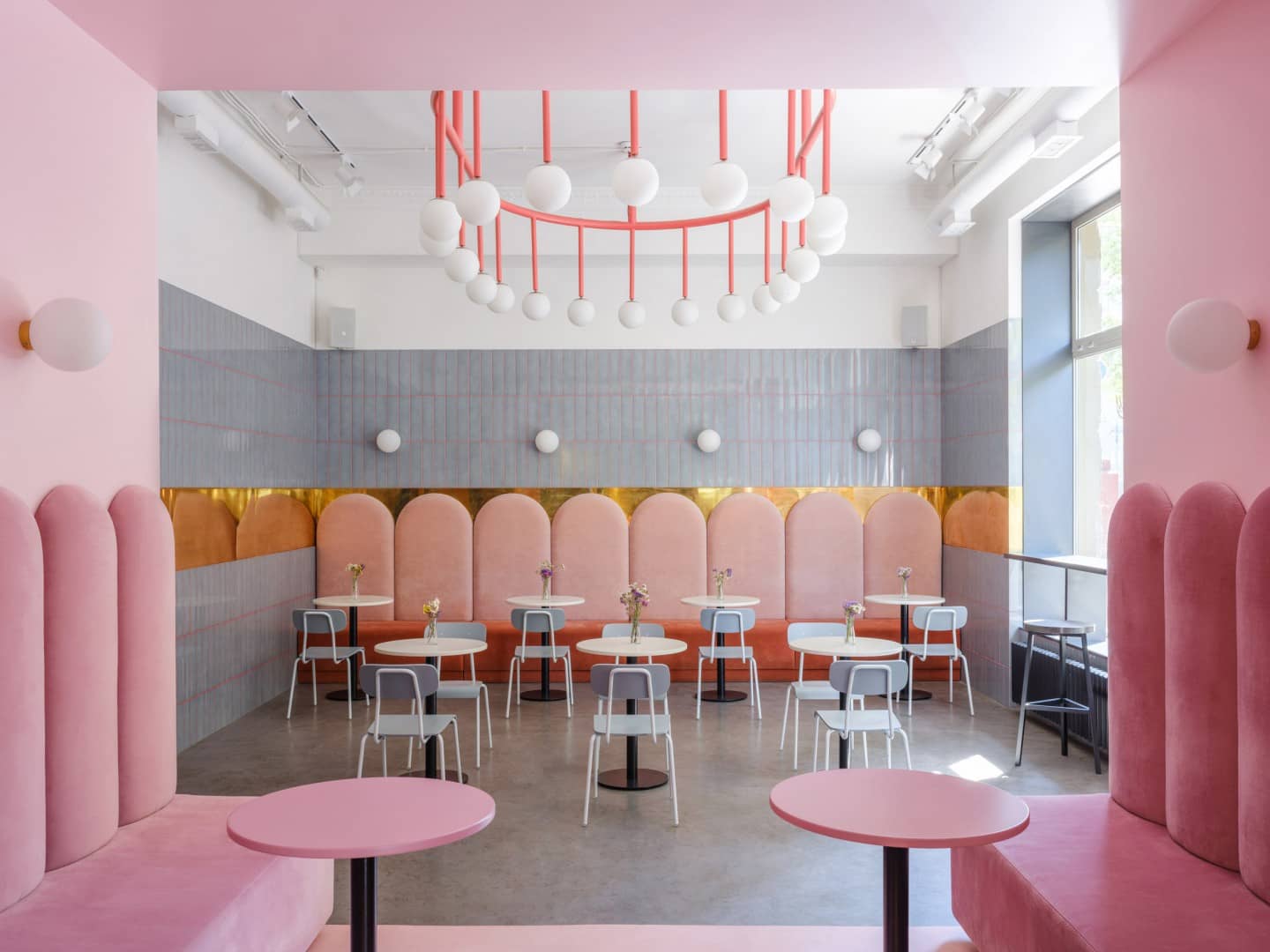
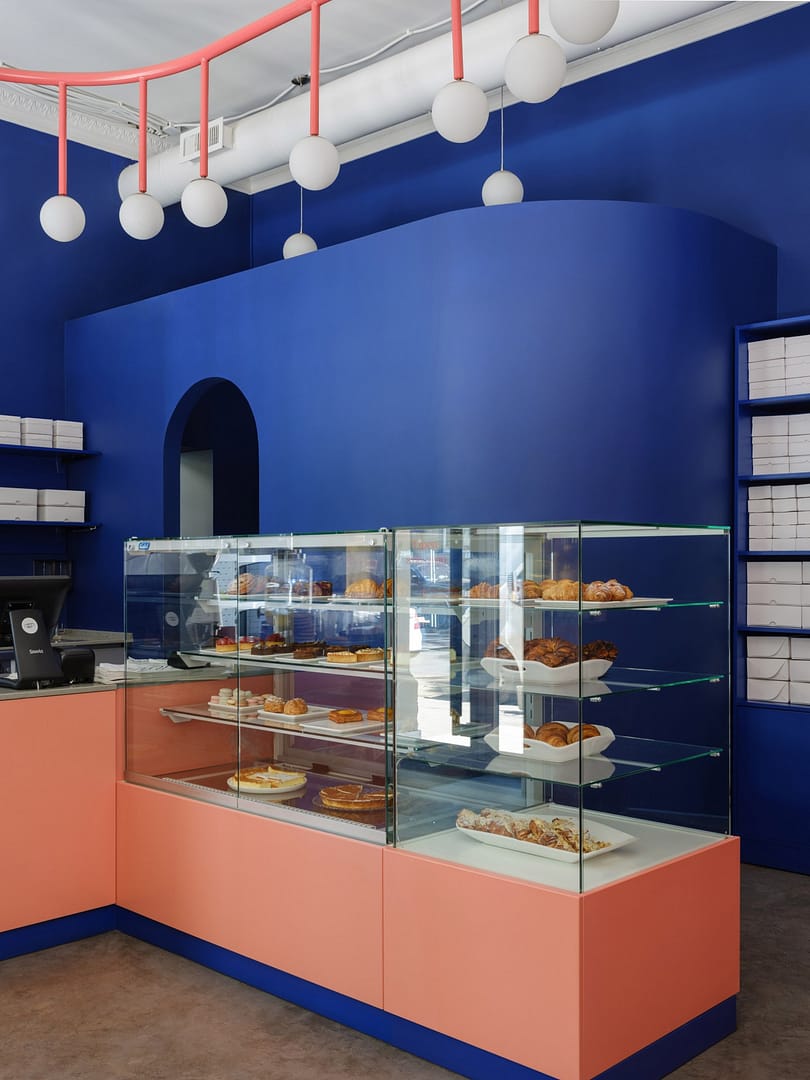
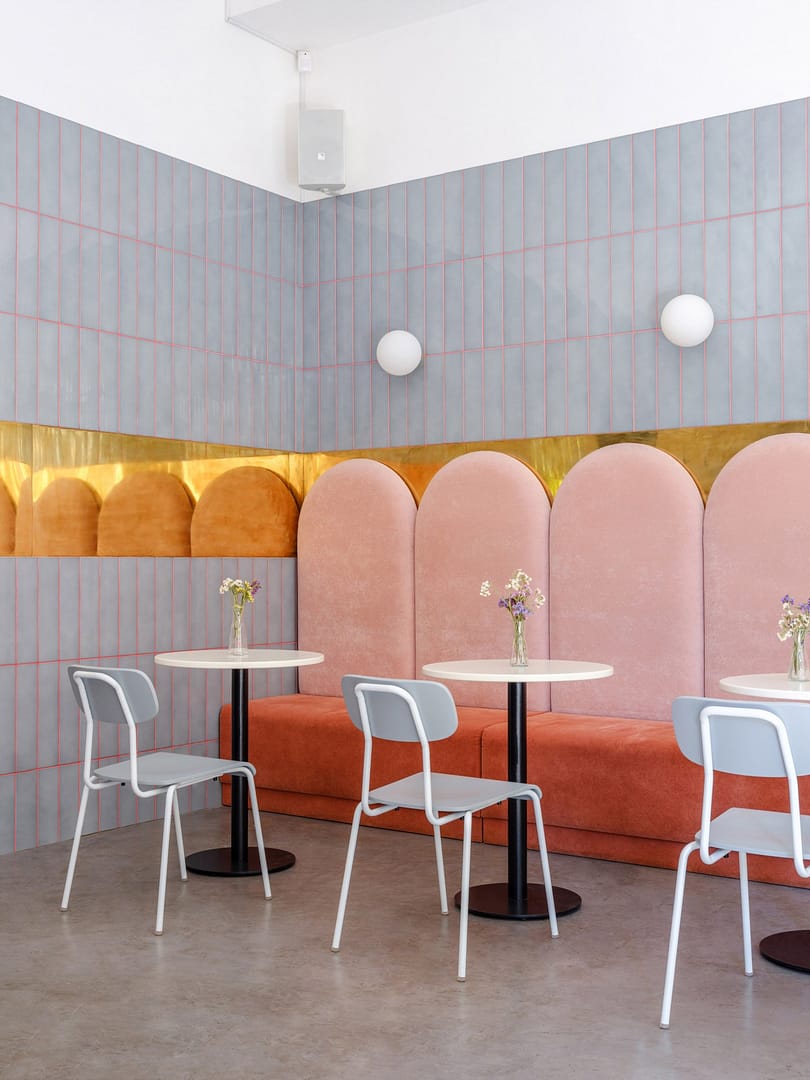
Breadway bakery, Odessa, Ukraine


Milk Train, London
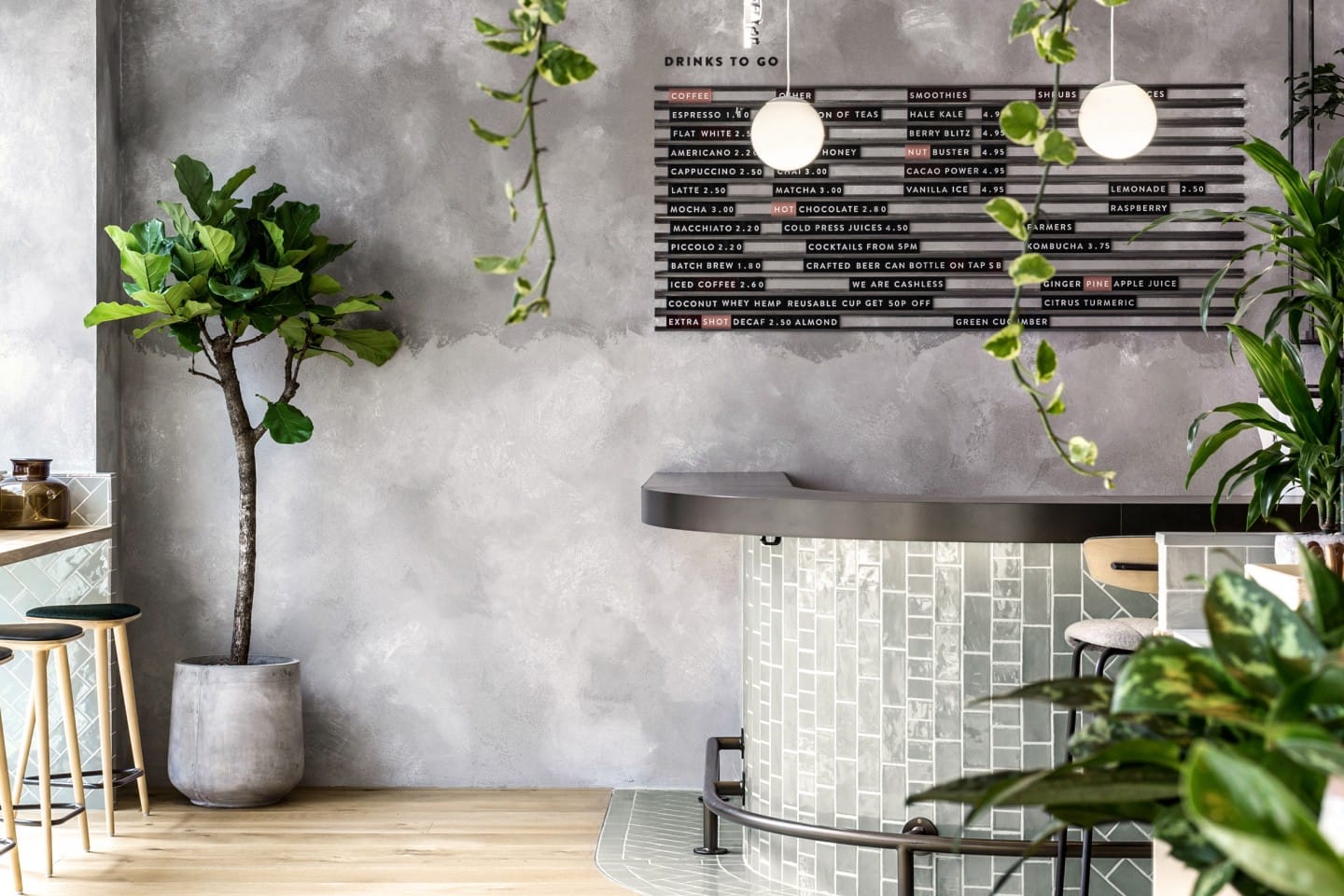

Farmer J restaurant, London
More than a sparkling clean space with a view, younger customers now expect to be told a story. They want to know what makes you stand out from the rest of the industry.
To achieve this, hospitality venues increasingly focus on authenticity in their design and storytelling.
This means showcasing local culture and history through decor and menu offerings and ensuring that every aspect of the guest experience reflects a genuine connection to the surrounding community.
By incorporating local artisans, sourcing ingredients from nearby farms, and highlighting regional craftsmanship, establishments can create a narrative that resonates with guests.
This authenticity enhances the overall experience and fosters a deeper emotional connection, encouraging guests to share their stories and experiences with others, ultimately driving repeat visits and positive word-of-mouth.
Why are you different? The easiest way to meet this request is through clever use of design.
By investing some thought and money, you can develop a unique concept and create a mood that would give the customers all the answers their curiosity might be looking for, but the next point also helps tremendously.
Authentic stories and spaces create unforgettable experiences and convert customers into loyal brand ambassadors.
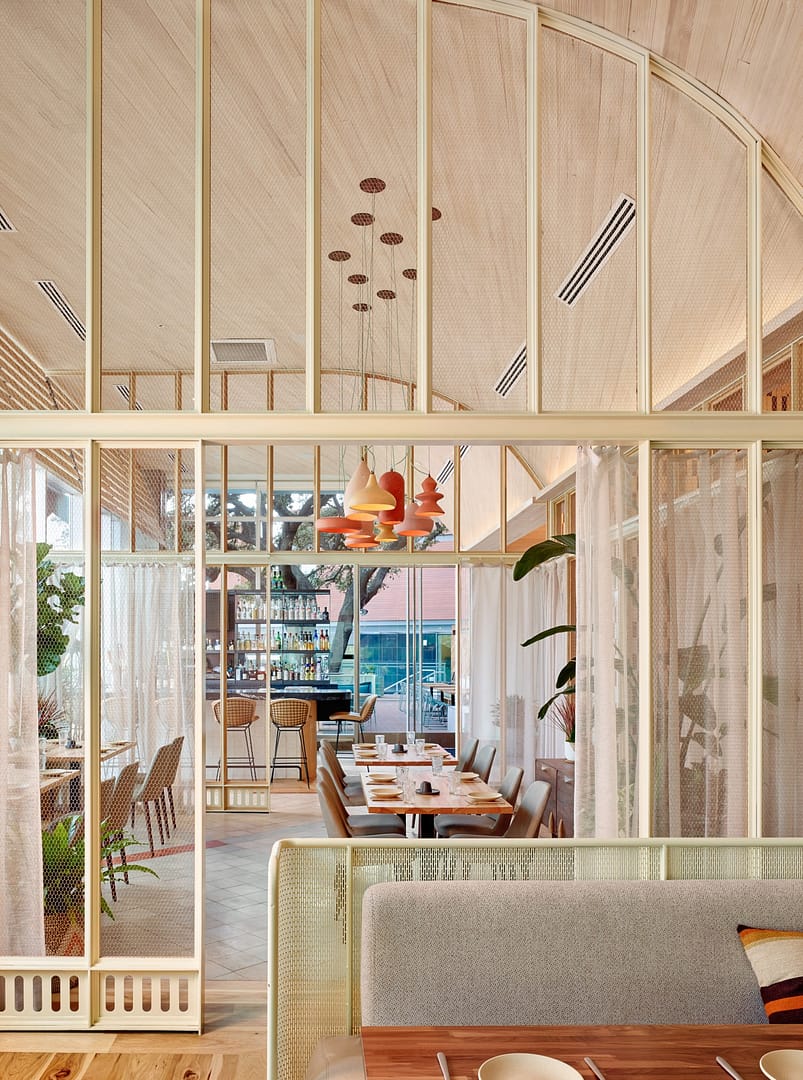
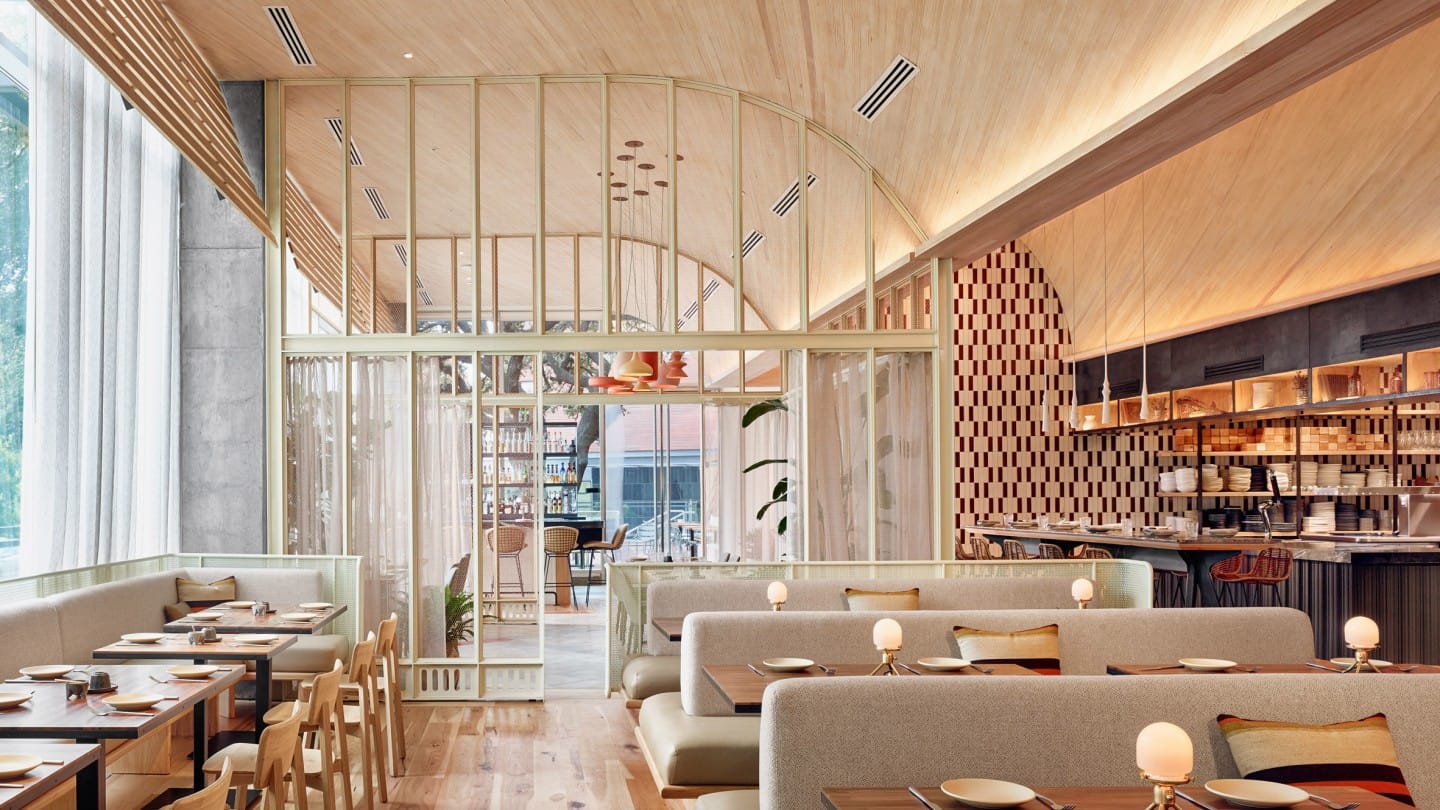

ATX Cocina, Austin, Texas
The social media-driven society accepts nothing but picture-perfect vignettes to snap and post to Instagram.
In addition to an authentic design, we will see brands use social media to preach about their mission and values.
Encouraging guests to share the images on their social media becomes key to attracting social-proof-seeking Millennials, but also helps spread the word about the space itself.
To achieve this, establishments are leveraging the power of social media to create visually stunning environments that encourage guests to capture and share their experiences online.
By designing spaces that are not only functional but also photogenic, hospitality venues can tap into the influence of social media, where a single post can reach thousands of potential customers.
This strategy enhances brand visibility and fosters a sense of community among guests who share similar interests in aesthetics and experiences.
To achieve a balance between technology and human interaction, hospitality venues are increasingly adopting smart solutions that enhance the guest experience without overshadowing the personal touch.
For instance, mobile apps can streamline check-ins and room service requests, allowing staff to focus on providing exceptional service and building relationships with guests.
This approach improves operational efficiency and ensures that technology serves as a tool for empowerment rather than a replacement for genuine human connection.
By prioritizing this balance, establishments can create an inviting atmosphere where guests feel valued and cared for, ultimately enhancing their overall experience.
Social media management becomes key to branding and connecting with customers.



John Anthony restaurant, Hong Kong
In the following years, hospitality design will tackle one of the most sensitive topics in today's society - being alone.
We are living alone, traveling alone, eating alone… and it’s starting to feel… well, too lonely.
To keep people close together while at the same time providing them with a sense of privacy, hotels and restaurants are rethinking their communal spaces.
Many hotels removed the minibars from their offers to encourage their guests to socialize and instead focused on turning their communal areas into go-to retreats.
Many even go as far as opening their doors to locals, who get mixed with the guests to enjoy the so-called isolated togetherness phenomenon.
To address this growing need for connection, hospitality designers are reimagining their spaces to include cozy nooks, communal tables, and inviting lounges that encourage interaction while allowing personal space.
These thoughtfully designed areas foster a sense of community among guests and provide opportunities for solitude when desired.
By creating environments that balance social engagement with personal retreats, establishments can cater to the diverse needs of their clientele, ensuring that everyone feels welcome and comfortable, whether they seek companionship or a moment of quiet reflection.
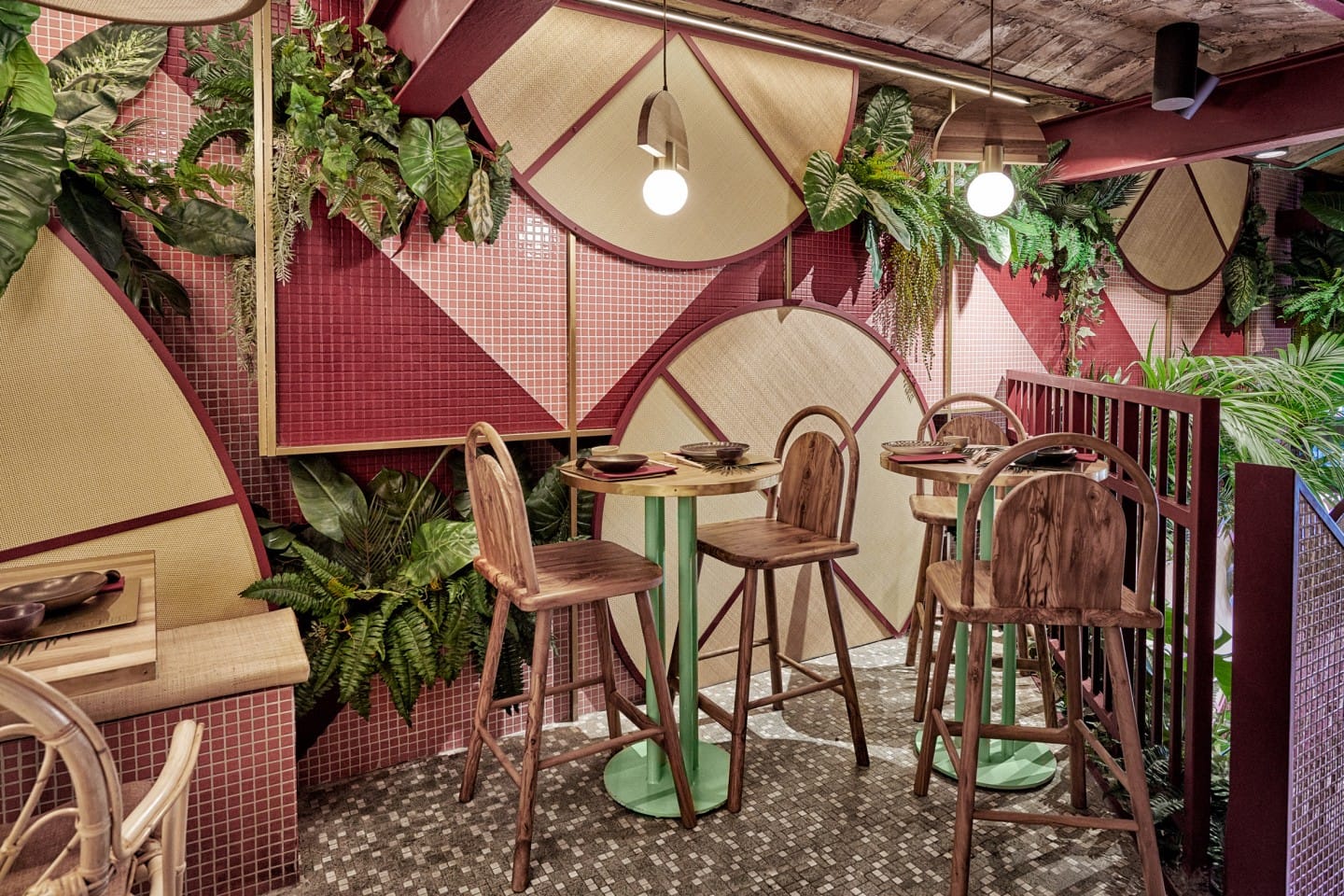
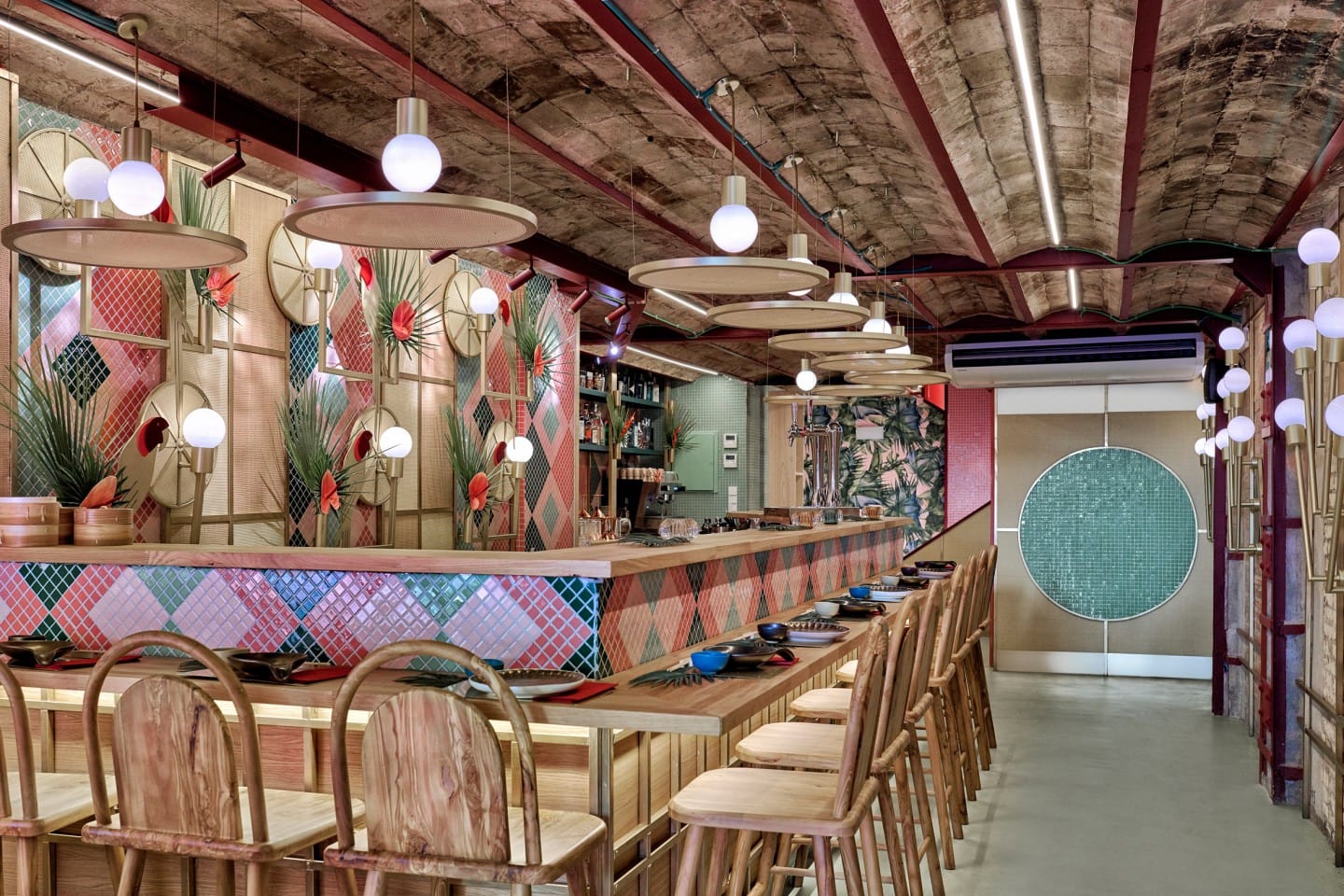
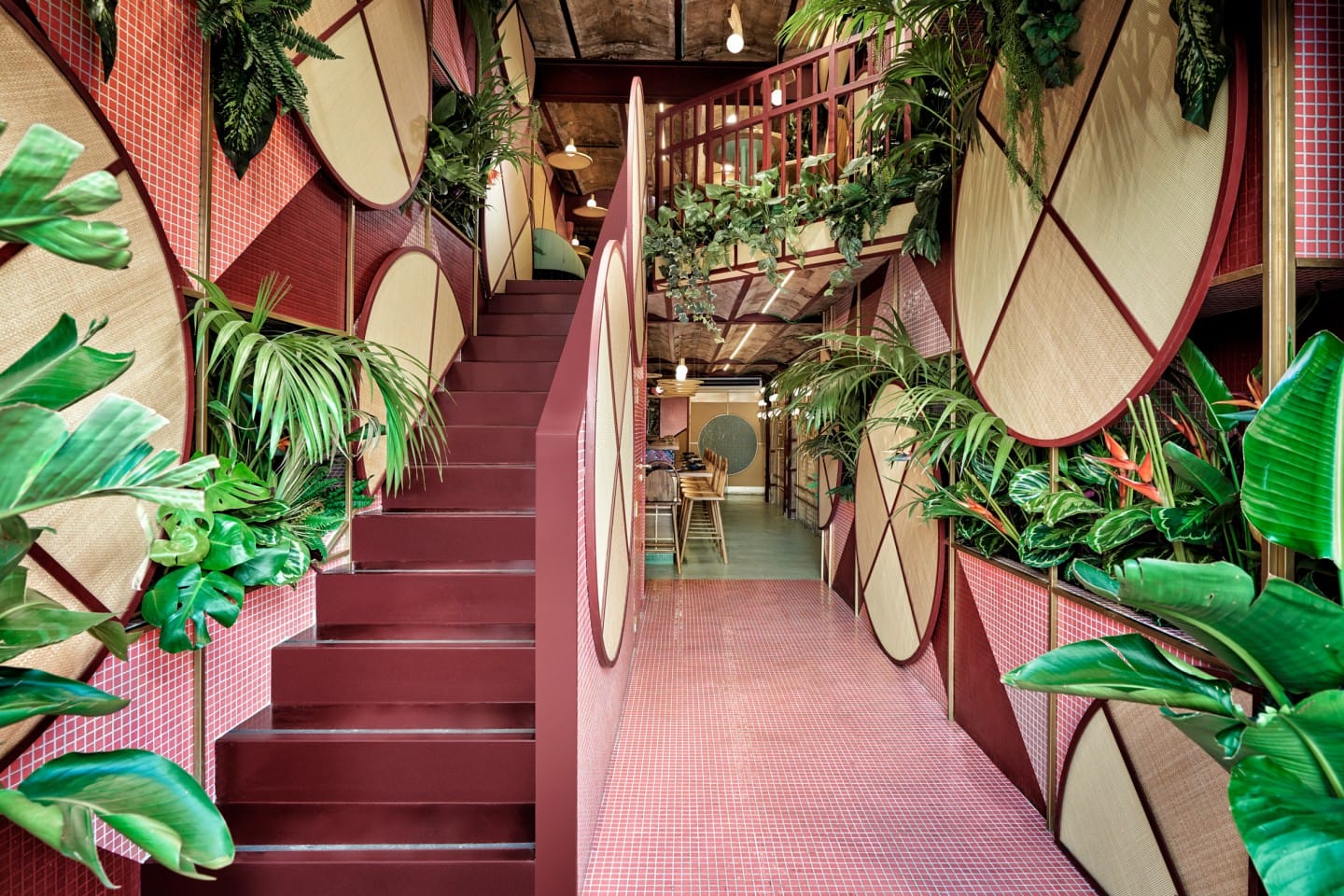
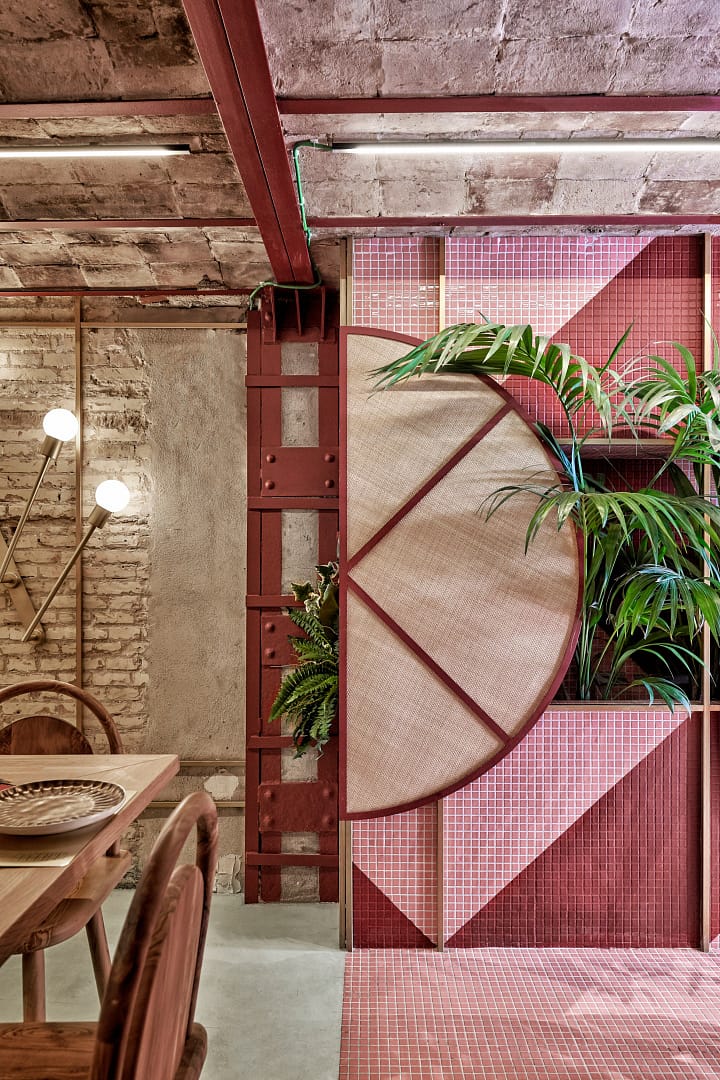
Kaikaya restaurant, Valencia, Spain
With technology all around us, we find ourselves overwhelmed by the increasing number of high-tech gadgets and apps we tackle daily.
We don’t want to be served by a machine but rather indulge in conversations with real people.
Technology is only there to streamline the process and empower people, not replace them.
To achieve this, hospitality venues increasingly adopt eco-conscious design principles that prioritize sustainability without compromising style or comfort.
This includes sourcing materials that are not only environmentally friendly but also aesthetically pleasing, such as reclaimed wood, recycled metals, and low-VOC paints.
Additionally, many establishments are implementing energy-efficient systems and water-saving technologies to minimize their ecological footprint.
By showcasing their commitment to sustainability through thoughtful design choices, these venues attract environmentally conscious consumers and set a standard for the industry, proving that luxury and responsibility can coexist harmoniously.

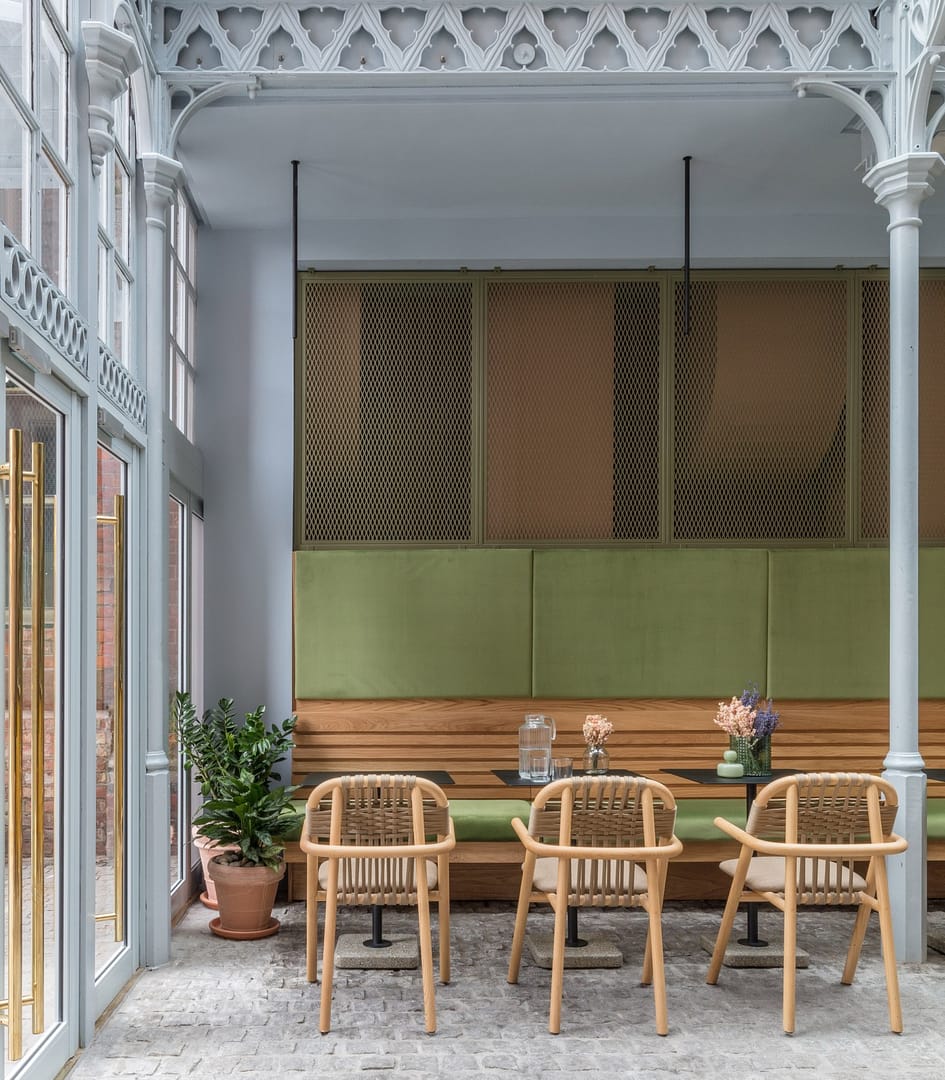

Whitworth Locke hotel, Manchester, England
The most significant new challenge for the hospitality industry is becoming more sustainable.
From using eco-friendly materials, cleaning products, reducing the amount of trash, and some small yet brilliant solutions such as opting for branded reusable bottles, sustainable practices are becoming increasingly important.
To address this challenge, many hospitality venues are adopting innovative strategies that reduce waste and enhance the guest experience.
For instance, implementing farm-to-table concepts not only supports local agriculture but also minimizes transportation emissions while offering guests fresh, seasonal dishes that tell a story of the region.
Additionally, establishments increasingly opt for energy-efficient appliances and smart technology to monitor and reduce energy consumption, further contributing to their sustainability goals.
By making these conscious choices, hospitality businesses can demonstrate their environmental commitment while appealing to a growing demographic of eco-conscious travelers.

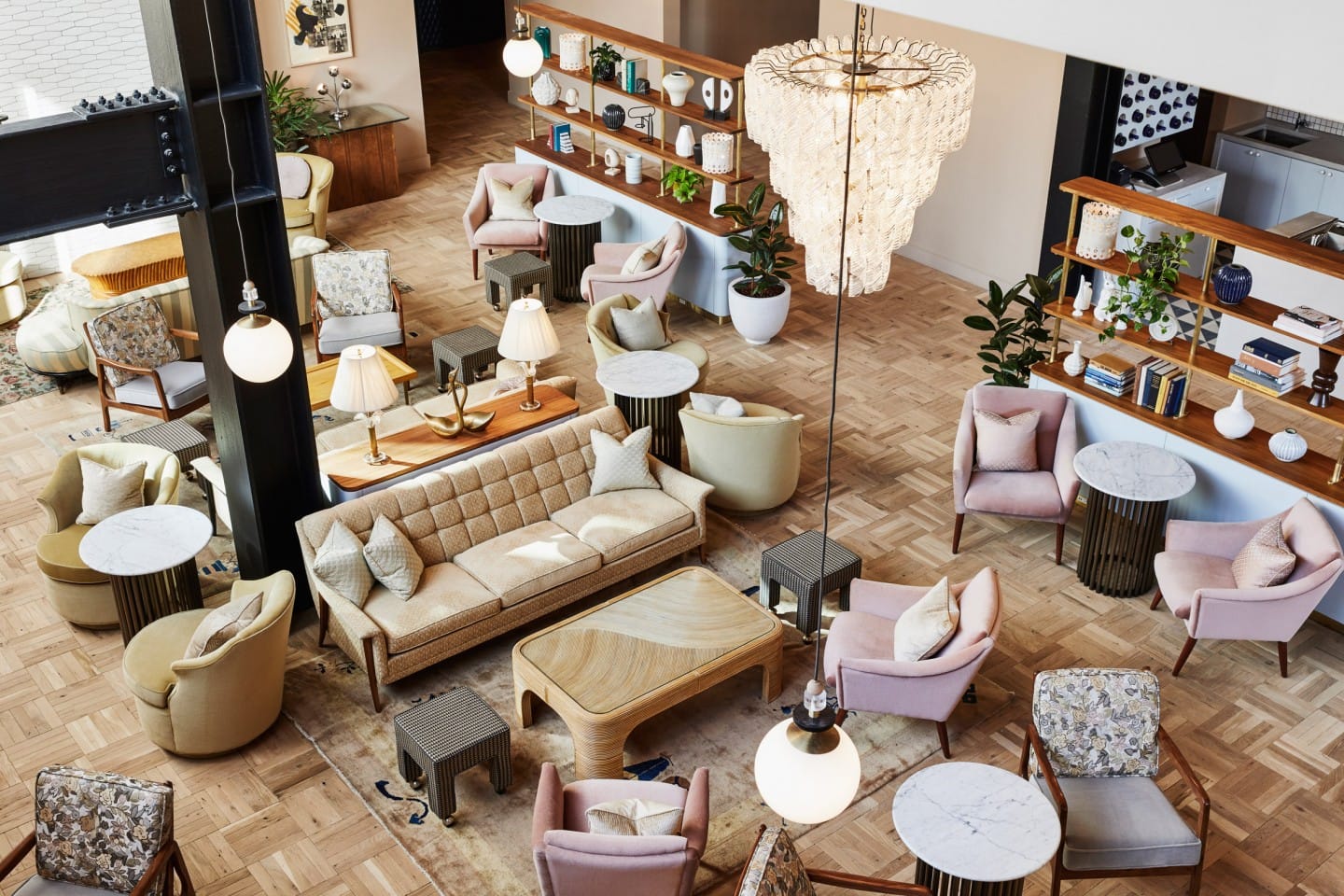
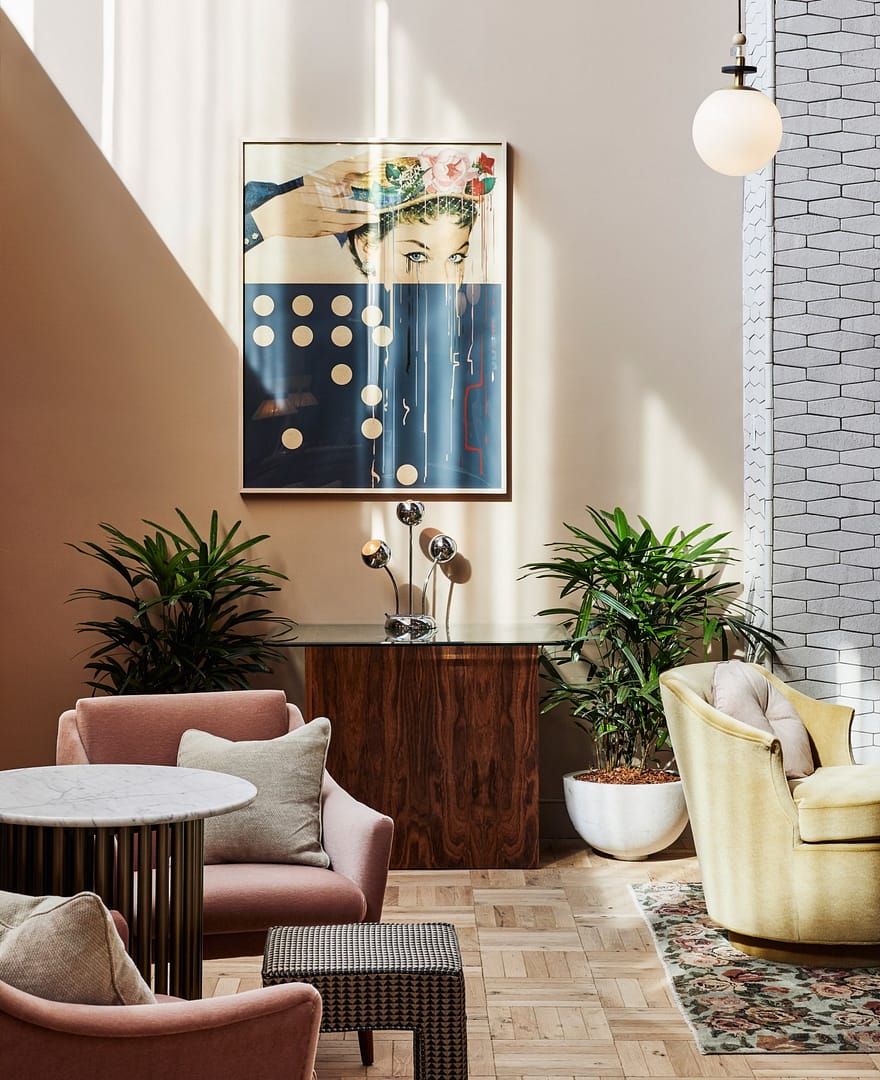
The Hoxton, East London
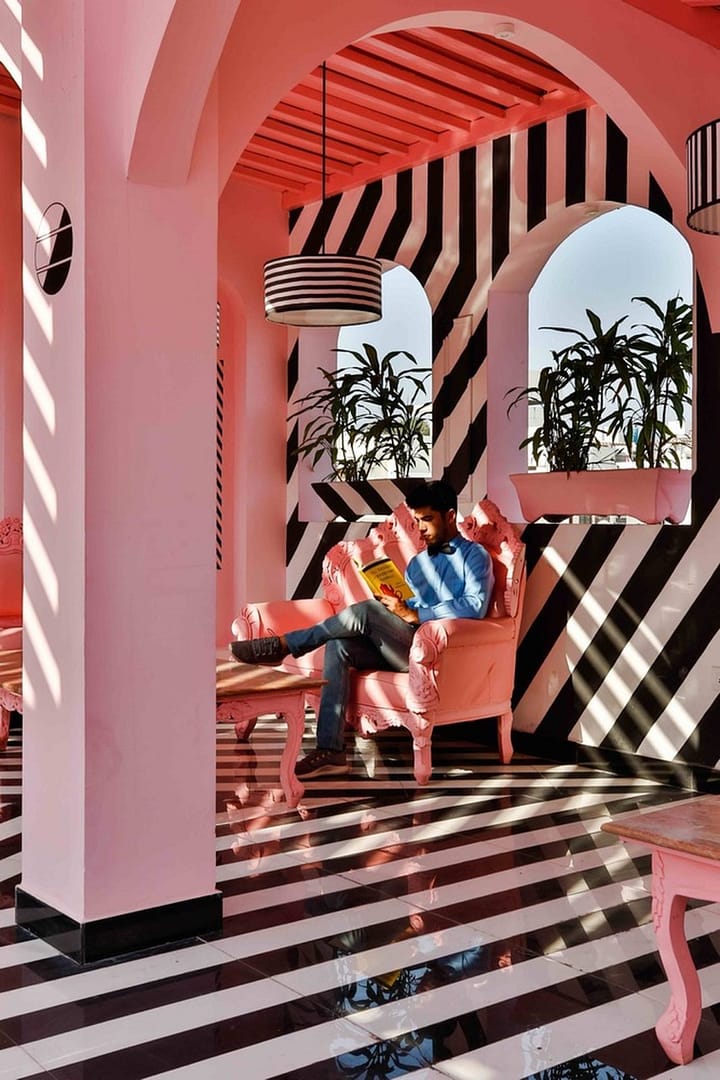
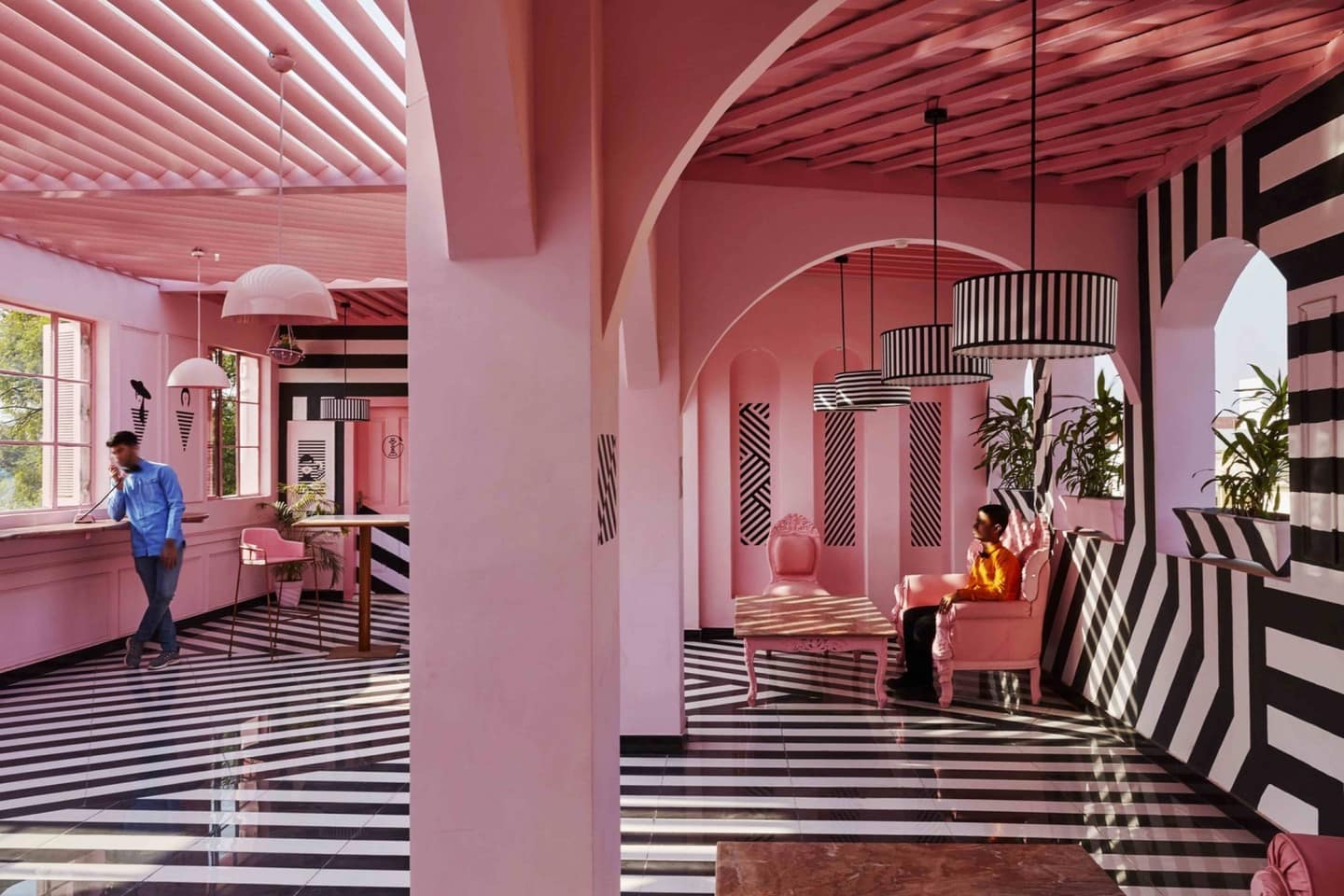
The Pink Zebra hotel, Kanpur, India
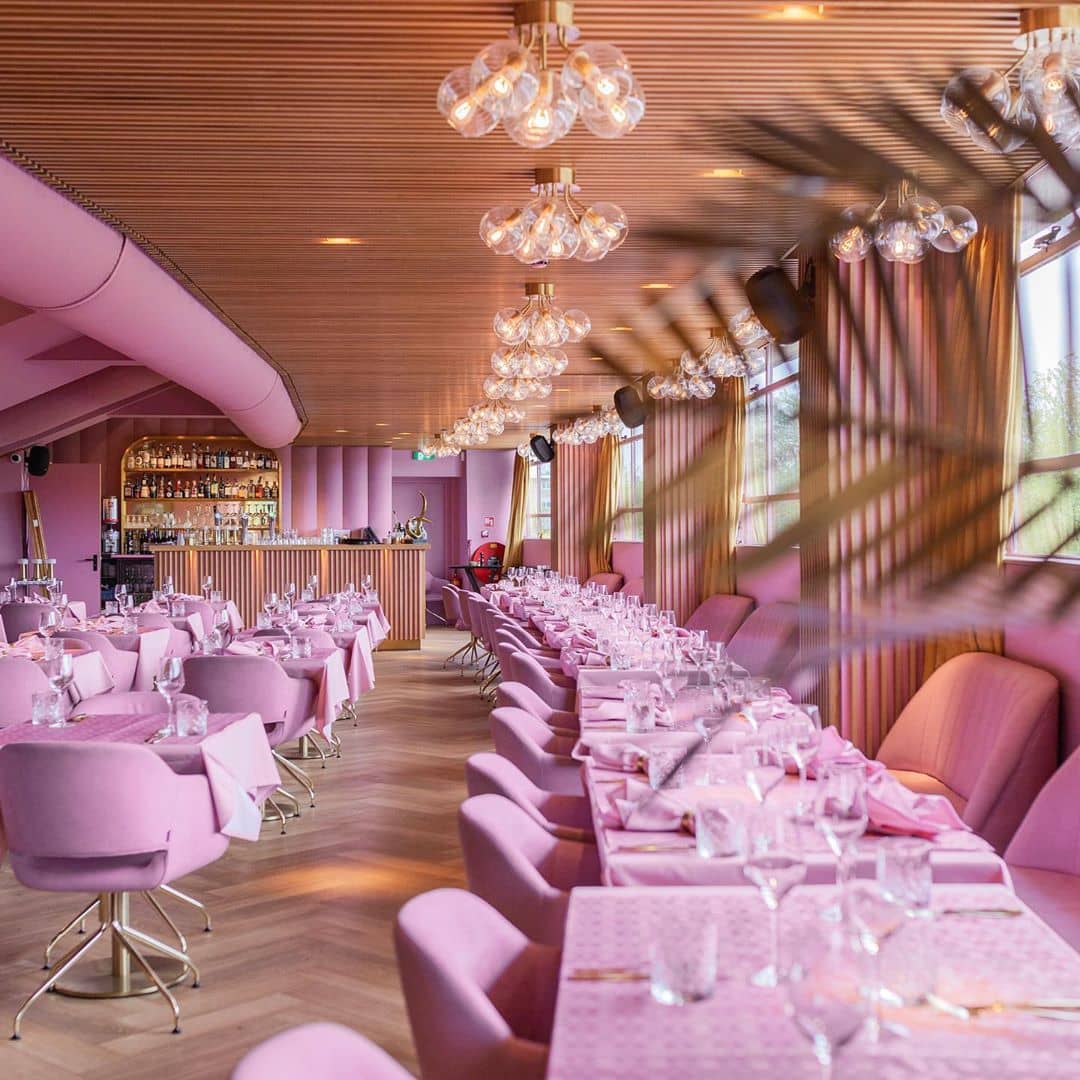

Mama Kelly restaurant, Amsterdam
In conclusion, the evolving landscape of hospitality design highlights the significance of creating spaces that attract and engage guests on multiple levels.
By embracing trends such as immersive sensory experiences, sustainability, authenticity, and the clever use of technology, hospitality venues can establish a unique identity that resonates with visitors.
These design elements foster lasting connections and memorable experiences, transforming each stay or meal into a story worth sharing.
As the industry continues to innovate and adapt to the needs of modern travelers, the focus on thoughtful, impactful design will remain pivotal in driving customer satisfaction and loyalty.
By staying ahead of these hospitality design trends, professionals can ensure their establishments thrive in an ever-competitive market.